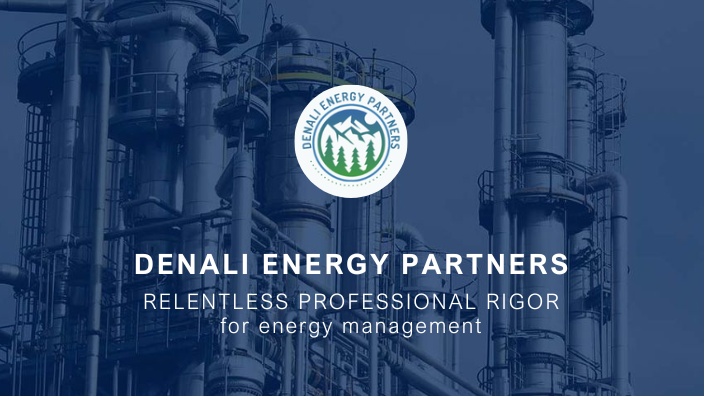Data Collection Forecasting Energy Industry
In recent years, the energy industry has increasingly relied on data collection and forecasting to drive innovation and efficiency. As the demand for sustainable and reliable energy sources grows, companies are turning to advanced data analytics to predict trends, optimize operations, and make informed decisions. This shift towards data-driven strategies not only enhances the industry's ability to meet current energy needs but also positions it to anticipate future challenges and opportunities. In this context, understanding the role of data collection and forecasting becomes essential for stakeholders aiming to navigate the evolving landscape of the energy sector.
Data Collection and Forecasting in the Energy Industry
Data collection and forecasting play a crucial role in the energy industry, serving as the backbone for informed decision-making and strategic planning. With the increasing complexity and demand for energy resources, accurate data collection is essential for understanding consumption patterns, predicting future needs, and optimizing resource allocation. Advanced technologies, such as smart meters and IoT devices, have revolutionized the way data is gathered, providing real-time insights into energy usage and efficiency. This wealth of data enables energy companies to develop sophisticated forecasting models that anticipate market trends, weather impacts, and consumer behavior. By leveraging these predictive analytics, the industry can enhance operational efficiency, reduce costs, and contribute to sustainable energy management. Ultimately, effective data collection and forecasting empower the energy sector to meet the growing demands of a dynamic market while supporting the transition to cleaner and more renewable energy sources.
Data Collection and Forecasting in the Energy Industry
In the energy industry, data collection and forecasting play a crucial role in ensuring efficient operations and strategic planning. The process begins with gathering vast amounts of data from various sources, including sensors, smart meters, and historical records. This data is then analyzed to identify patterns and trends that can inform decision-making. Advanced analytical tools and machine learning algorithms are often employed to enhance the accuracy of forecasts. These forecasts are essential for predicting energy demand, optimizing supply chains, and managing resources effectively. By leveraging accurate data and reliable forecasts, energy companies can improve their operational efficiency, reduce costs, and contribute to a more sustainable future.




